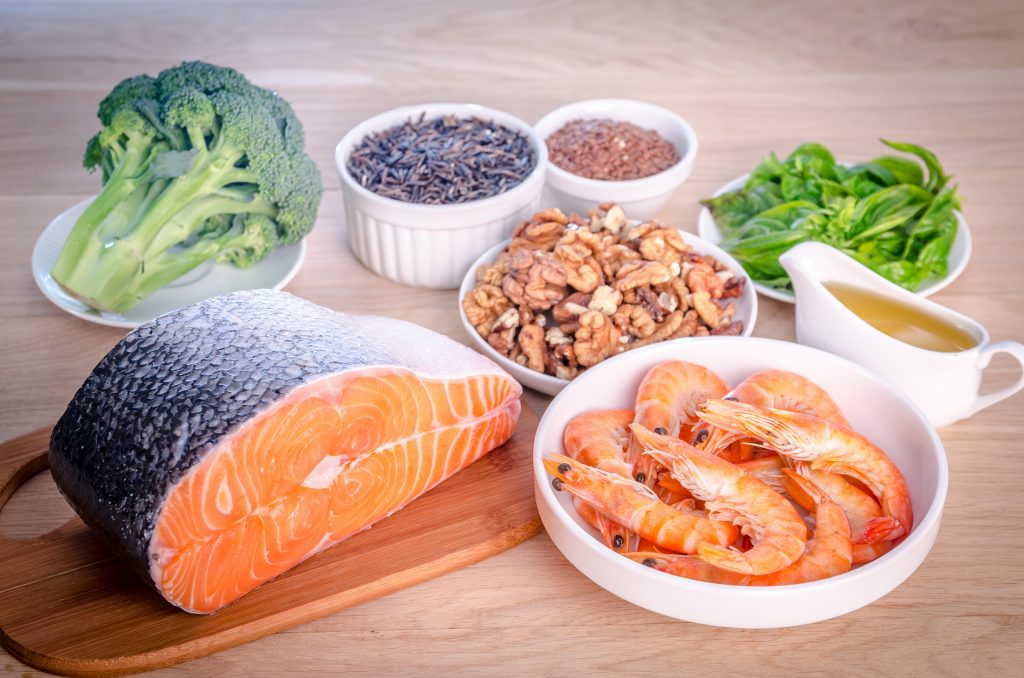
For a while now on this page, we’ve been talking about nutrition, things you should and not consume. Our last nutritional post was on the reduction of sugar intake, if you’ve not read it, you might want to take a look after reading this, there are lots of hidden healthy secrets in it. Now to the topic of the day, what’s a healthy meal plan? To most people, once they hear a healthy meal plan, what comes to mind is weight loss, I laugh in English (LOL). The truth is a healthy meal plan can help you lose weight but the man work of a healthy meal plan is so that you have a healthy, well-functioning body system. If being healthy will require you losing some weight, then so be it. Basically, a healthy meal plan is usually done by a nutritionist based on your demands but then, everyone is meant to eat healthy ad that’s why we will be sharing some healthy eating tips with you today. Welcome on board.
According to Wikipedia, a healthy diet/meal plan is one that helps maintain or improve overall health, providing the body with essential nutrition: fluid, macronutrients, micronutrients, and adequate calories. It gives your body the nutrients it needs every day and also will lower your risk for heart disease and other health conditions. It’s no longer news that if you want to eat healthily, you must always include fruits and vegetable in your diet, in fact, eat more fruits and vegetables. The World Health Organization (WHO) has stated that insufficient vegetables and fruit is the cause of 2.8% of deaths worldwide. From this fact, it means that there are people who lose their lives because they don’t eat healthily. Sad!
A healthy meal plan also controls portion sizes, limits saturated fats, added sugar, sodium and as we said earlier, emphasizes fruits, vegetables, low-fat dairy products and whole grains. Today, we won’t be planning your meals for you but we will be making some recommendations on what should be in your diet and what should not. But first, let’s check out some WHO recommendations. The World Health Organization (WHO) has made the following five recommendations with respect to both populations and individuals:
- Maintain a healthy weight by eating roughly the same number of calories that your body is using.
- Limit intake of fats. Not more than 30% of the total calories should come from fats. Prefer unsaturated fats to saturated fats. Avoid Trans fats.
- Eat at least 400 grams of fruits and vegetables per day (potatoes, sweet potatoes, cassava and other starchy roots do not count). A healthy diet also contains legumes (e.g. lentils, beans), whole grains and nuts.
- Limit the intake of simple sugars to less than 10% of calorie (below 5% of calories or 25 grams maybe even better).
- Limit salt or sodium from all sources and ensure that salt is iodized. Less than 5 grams of salt per day can reduce the risk of cardiovascular disease.
Everything we need to know has already been summarized into these five points. Writing this made me remember my catering and craft practice (CCP) teacher in high school, part of our courses was meal planning. She would give us tasks to plan meals for different kinds of people, say diabetic, hypertensive, ulcer patients and the likes of them. That was the first time I did anything related to meal planning and then I realized that meals can only be exclusively planned for you depending on your health status. For example, to lose weight, most people need to reduce the number of calories they get from food and beverages (energy IN) and increase their physical activity (energy OUT). Also, eating plans that contain a high number of calories say 1,500–1,800 calories each day are suitable for men and for women who weigh more or who exercise regularly. So if you obviously consume this much daily without exercising properly, you’re on your way to being obese, I’m sure you won’t like that…lol.
On a final note, the WHO made other recommendations just to ensure that we all eat healthily. Always
- Ensure that the foods chosen have sufficient vitamins and certain minerals.
- Avoid directly poisonous (e.g. heavy metals) and carcinogenic (e.g. benzene) substances.
- Avoid foods contaminated by human pathogens (e.g. E. coli, tapeworm eggs) and
- Replace saturated fats with polyunsaturated fats in the diet, which can reduce the risk of coronary artery disease and diabetes.
Putting all these into practice will help maintain a healthy eating habit. My own recommendation is this, have a meal timetable, it helps you to eat healthily and not just pick up food to eat just anyhow. I hope these tips will help you come up with a very nice meal plan and timetable for you and yours.

